Plantlife in Iceland
One of the first things you notice when driving around the Icelandic countryside is the colorful flora that lends the stark landscape a little color. While it might not be the bright orange and pinks of more tropical climates, the deep purples and bright yellow of the flowers here are unmistakably Icelandic. The unique combination of geothermal and volcanic energy make interesting conditions for vegetation to grow, and human habitation of the country disrupted a large part of the indigenous plants growing on this young island. Therefore Icelanders are very conscious of not disrupting it any further and conservation work is very active in the country. The flora has always played a big part in the history and culture of Iceland, with native herbs used as spices, in teas and for medicinal purposes.
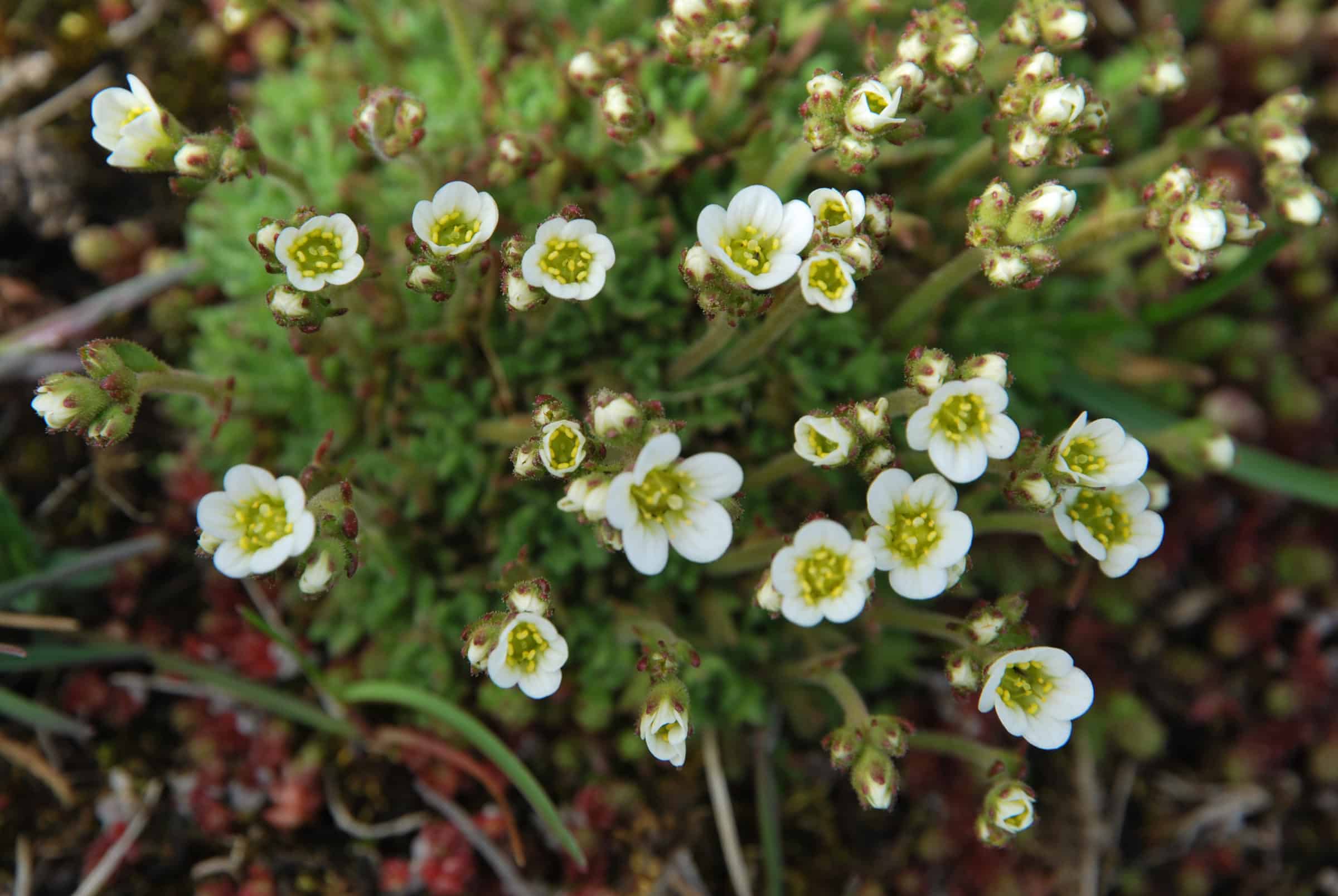
Holtasoley – Mountain Avens
The dainty, but resilient Holtasoley is Iceland’s national flower. Found in all areas of the country, it grows mainly on gravelly mountain slopes and moorland. The plant is also known as ptarmigans leaf, since the popular bird likes to eat its leathery leaves during the winter months. Holtasoley has also long been used for its medicinal purposes. It is thought to help reduce inflammation and can be used as an astringent. It was also commonly used as substitute to tobacco and tea.
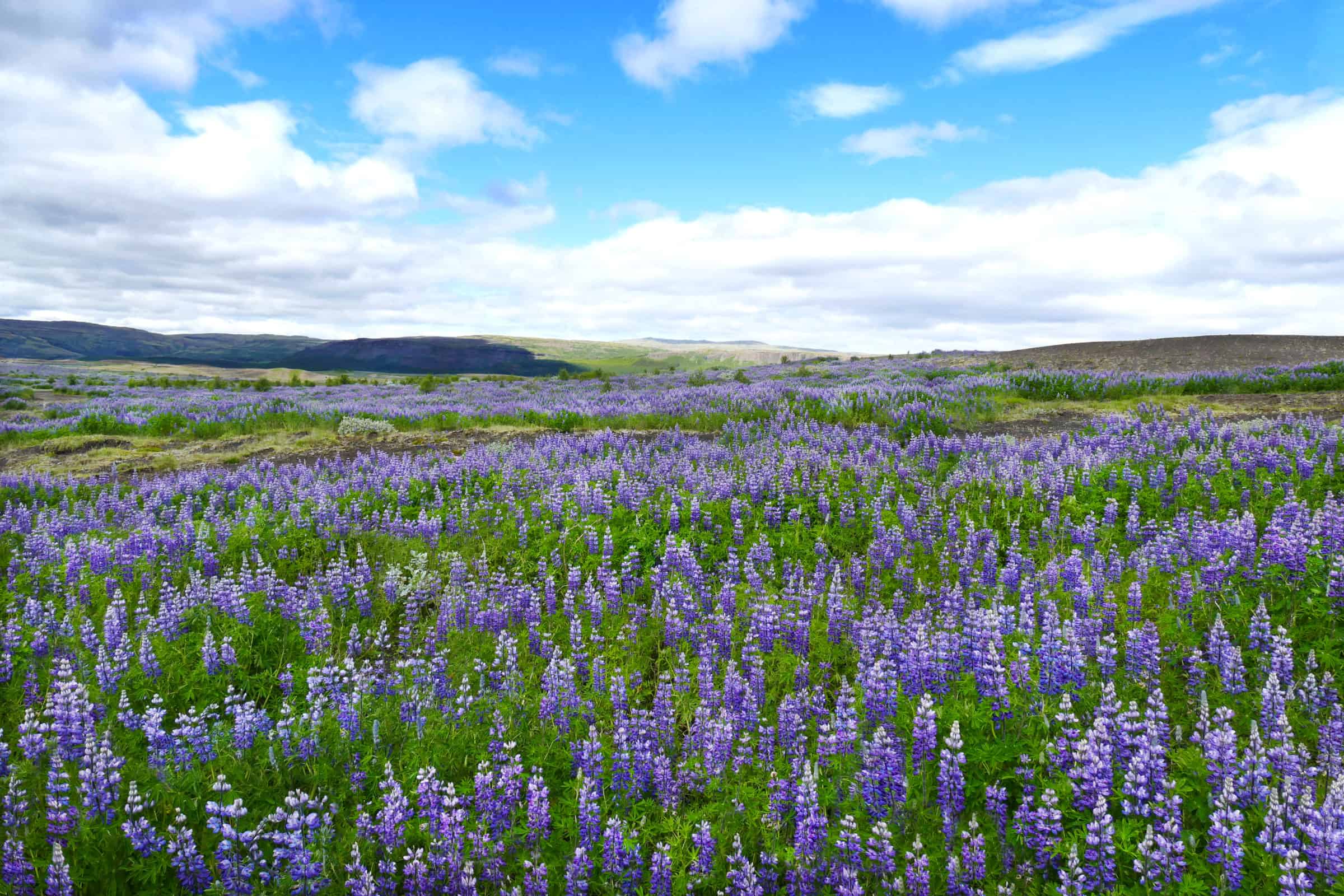
Lupina – Alaskan Lupine
If you’ve been anywhere outside of Reykjavik on your travels in Iceland you will have noticed the fields of purple flowers that seem to be everywhere in some areas of the countryside. Not actually native to Iceland the Alaskan Lupine was introduced in 1945 as a way to add more nitrogen to the soil and to help anchor other species in the constant erosion of the ground. But like many foreign species introduced to help, the Alaskan Lupine has spread way farther and faster than anyone would have imagined. Critics of the method view the lupine as an invasive species but there is no denying it has enriched the earth, increasing organic matter.
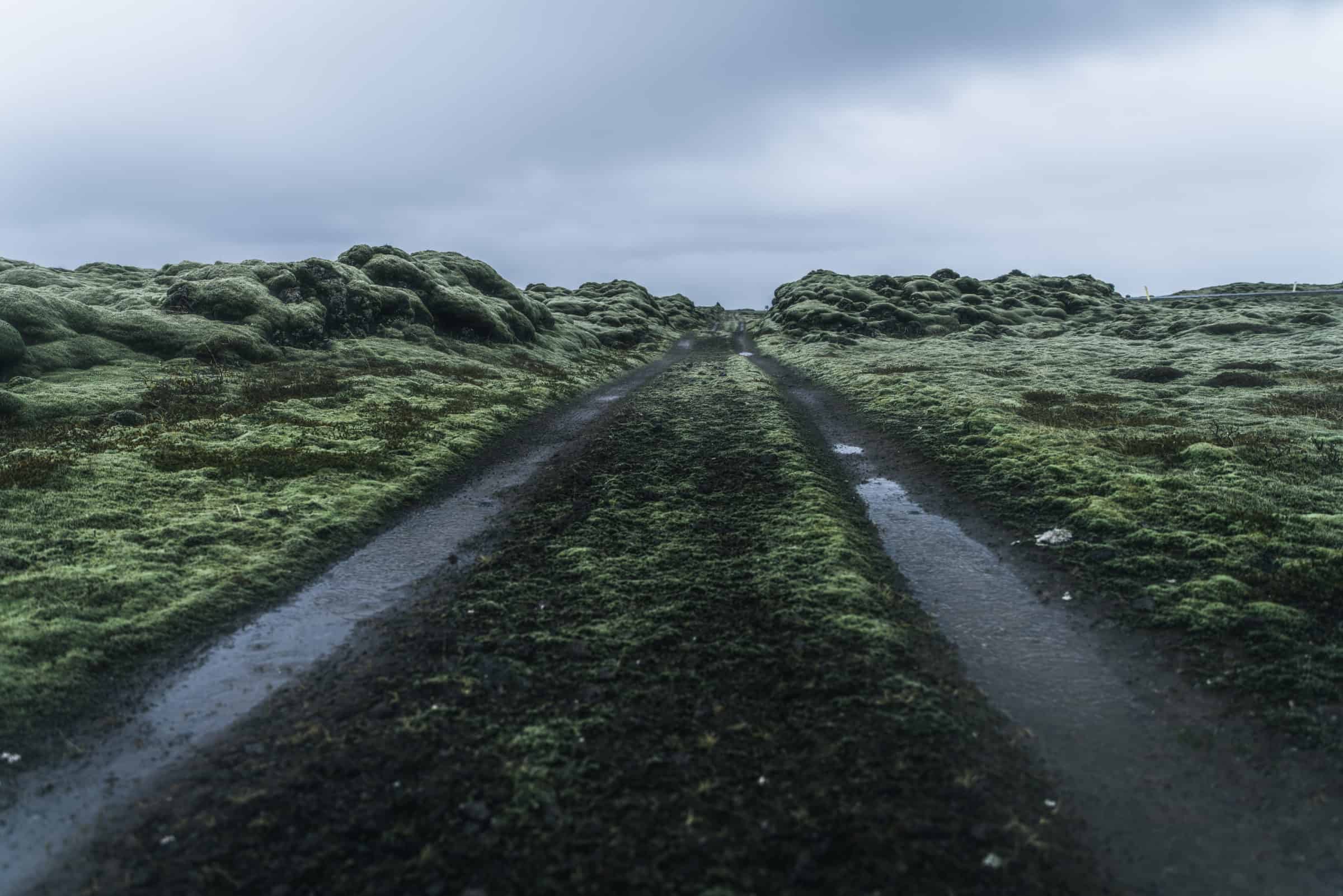
Mosi – Moss
One of the most common sights when driving around Iceland are the moss covered lava fields that are breathtaking in their contrast of harsh black and soft green. While it might look inviting to take a stroll or even lie down in the comfy blanket of the moss, the moss is actually very sensitive and walking on it, let alone tearing it up can cause irreparable damage. So please, look but don’t touch. Icelandic moss is thought to have medicinal properties and was most commonly used to battle pulmonary and digestive issues. The moss also contains up to 70% of starch and was used in bread, porridge’s and soup.
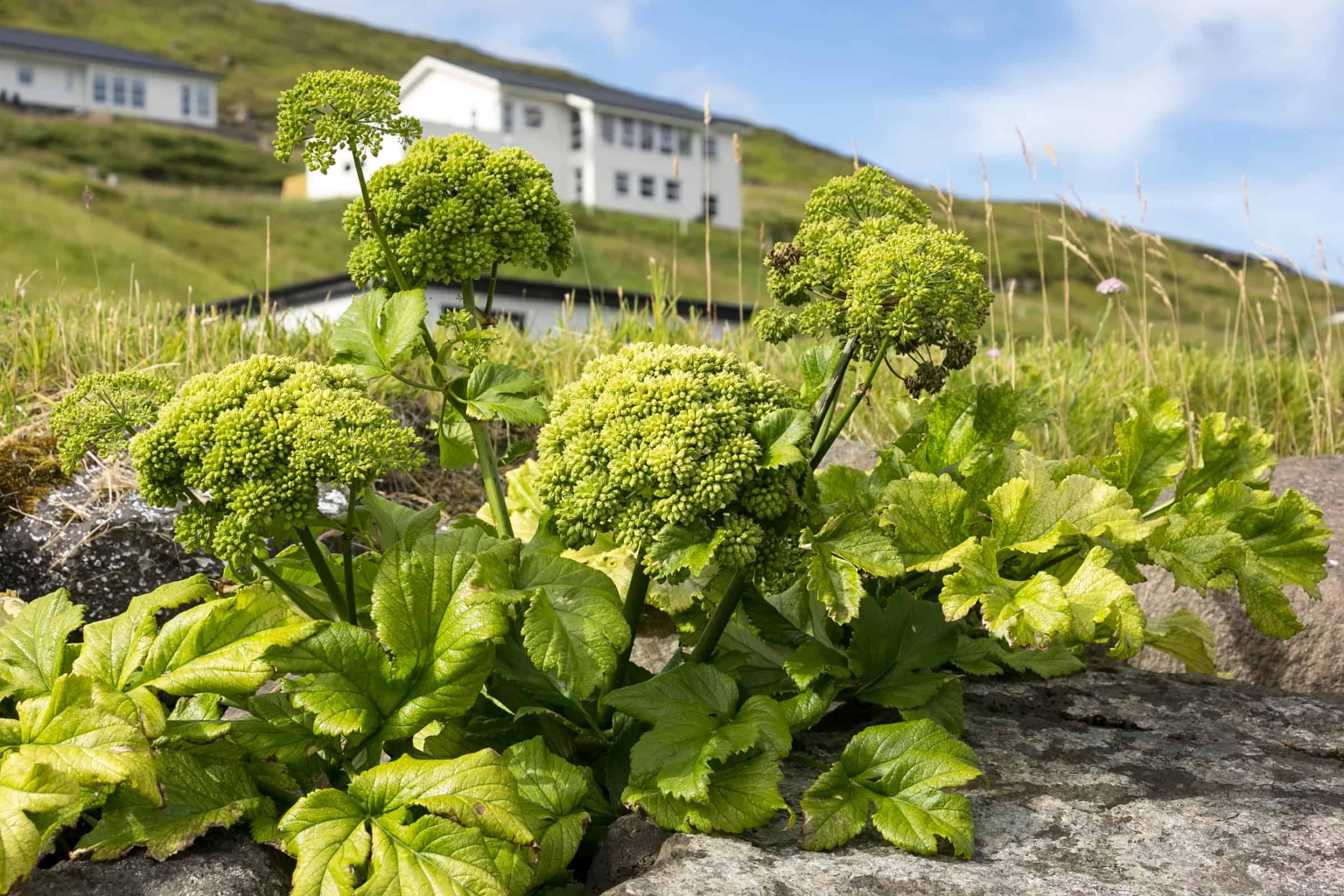
Hvonn – Garden Angelica
Hvonn grows in most regions of the country and has been cultivated since the settlement. It was used for food, as it is in the carrot family, and at one point most farms would have had a garden patch with some angelica growing. The plant is also thought to have medicinal purposes and was protected by law from over harvesting until the 1000’s. Because of the plant’s bitter taste it is primarily used for ailments concerning the digestive system, but can also be used for poor blood circulation and respiratory diseases.
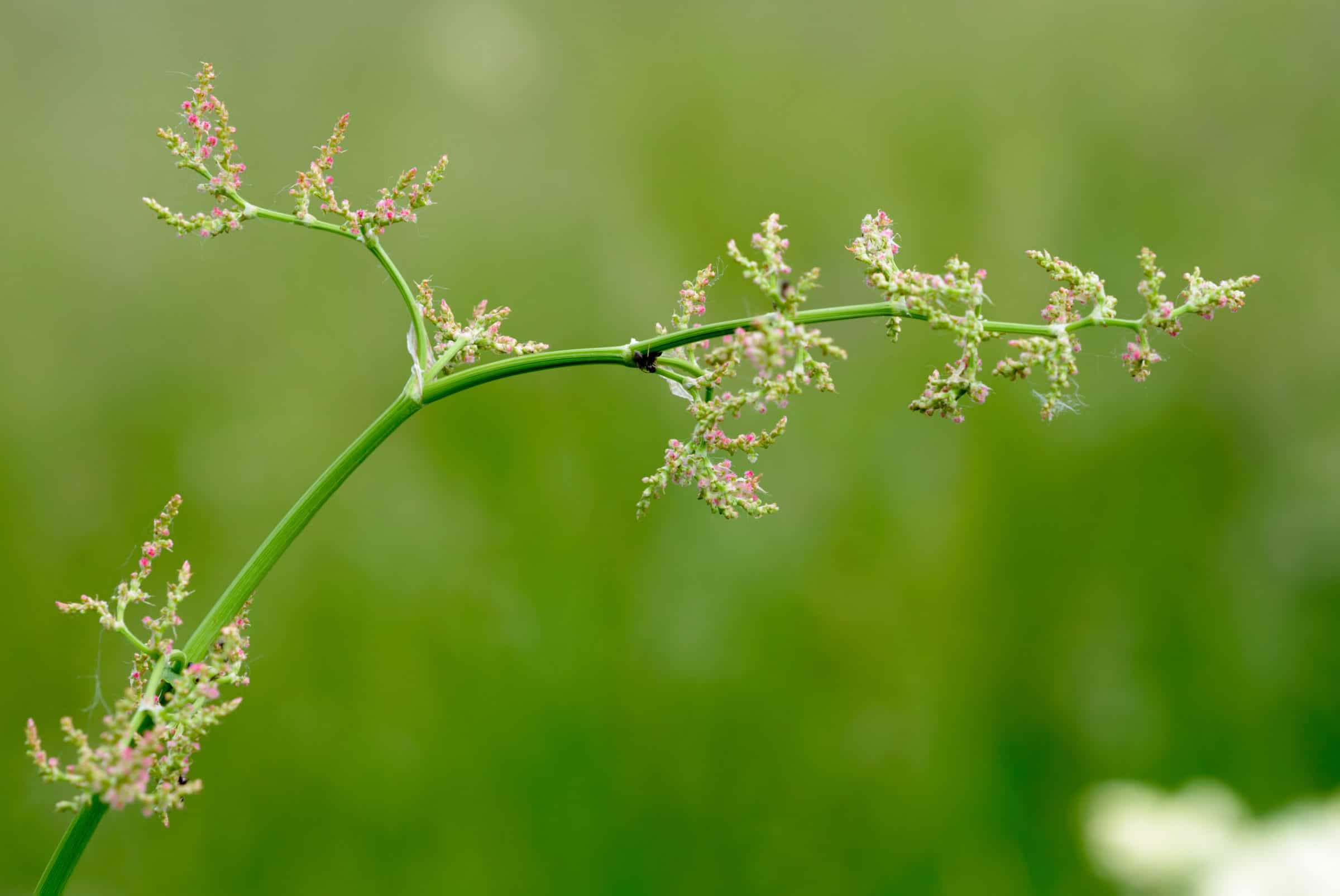
Hundasura – Sheep’s Sorrel
Most Icelandic children will be familiar with picking and eating Hundasura. Although its sour taste is not particularly pleasant when uncooked, the juicy leaves are among the first edible plants in Iceland’s flora kids learn about. Hundasura is actually an excellent source of vitamin C which lead to the belief that it could miraculously heal wounds in the mouth and loose teeth. It was also, unsurprisingly, effective in the fight against scurvy. Modern chefs in Iceland like to use Hundasura in salads, pesto or just as a garnish.
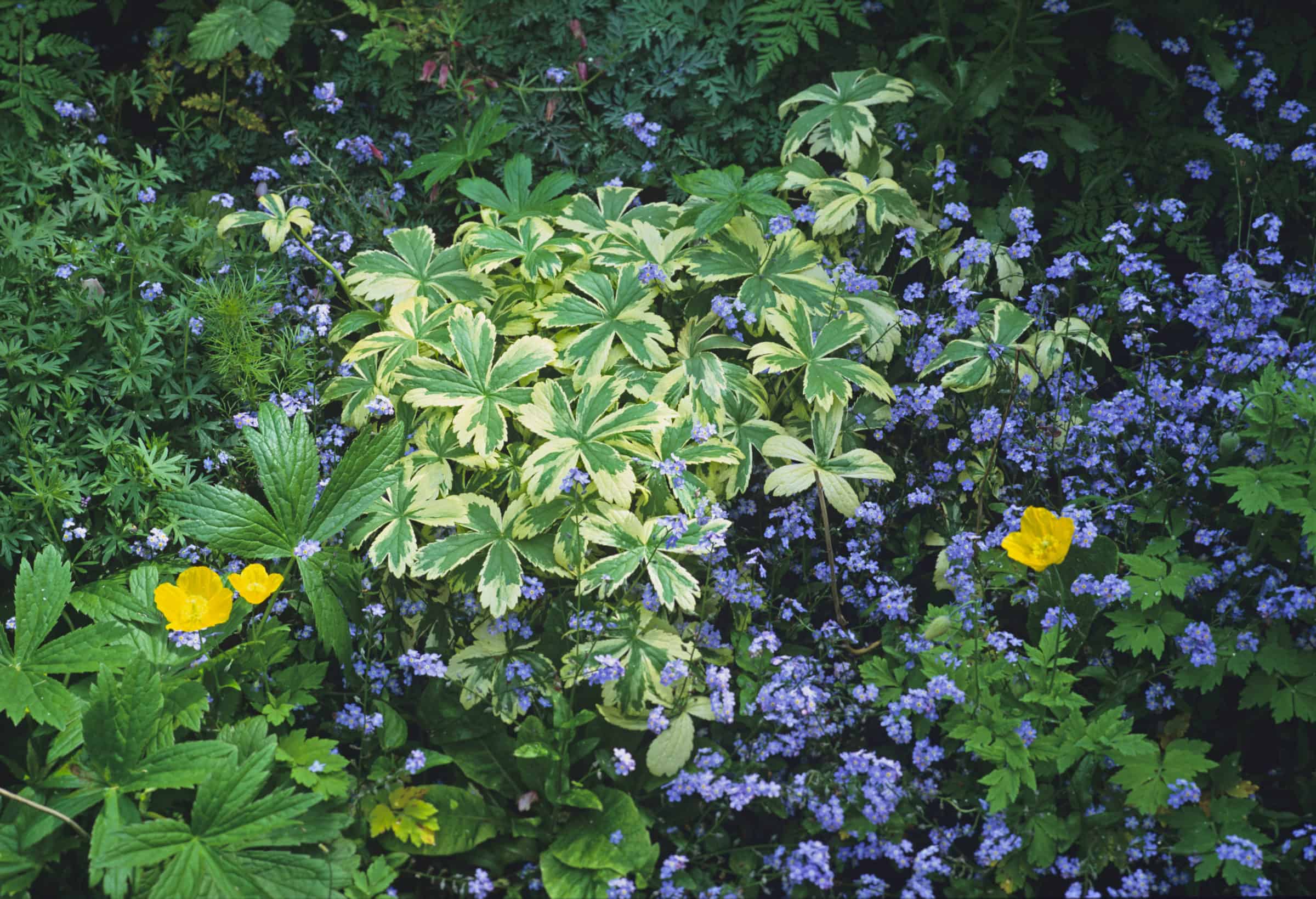
Gleym-mer-ey – Forget-me- not
Probably the most romantic flower in Iceland, Gleym-mer-ey is commonly picked by children and young lovers and stuck onto their clothing as a memento. The flower’s hooked petals make them stick easily to wool and fleece and is also the flower’s way of spreading its seeds, travelling long distances on the chest of sentimental humans. This small blue flower can be found all over Iceland and while it has no medicinal or edible purposes, it holds a place in the Icelander’s heart.